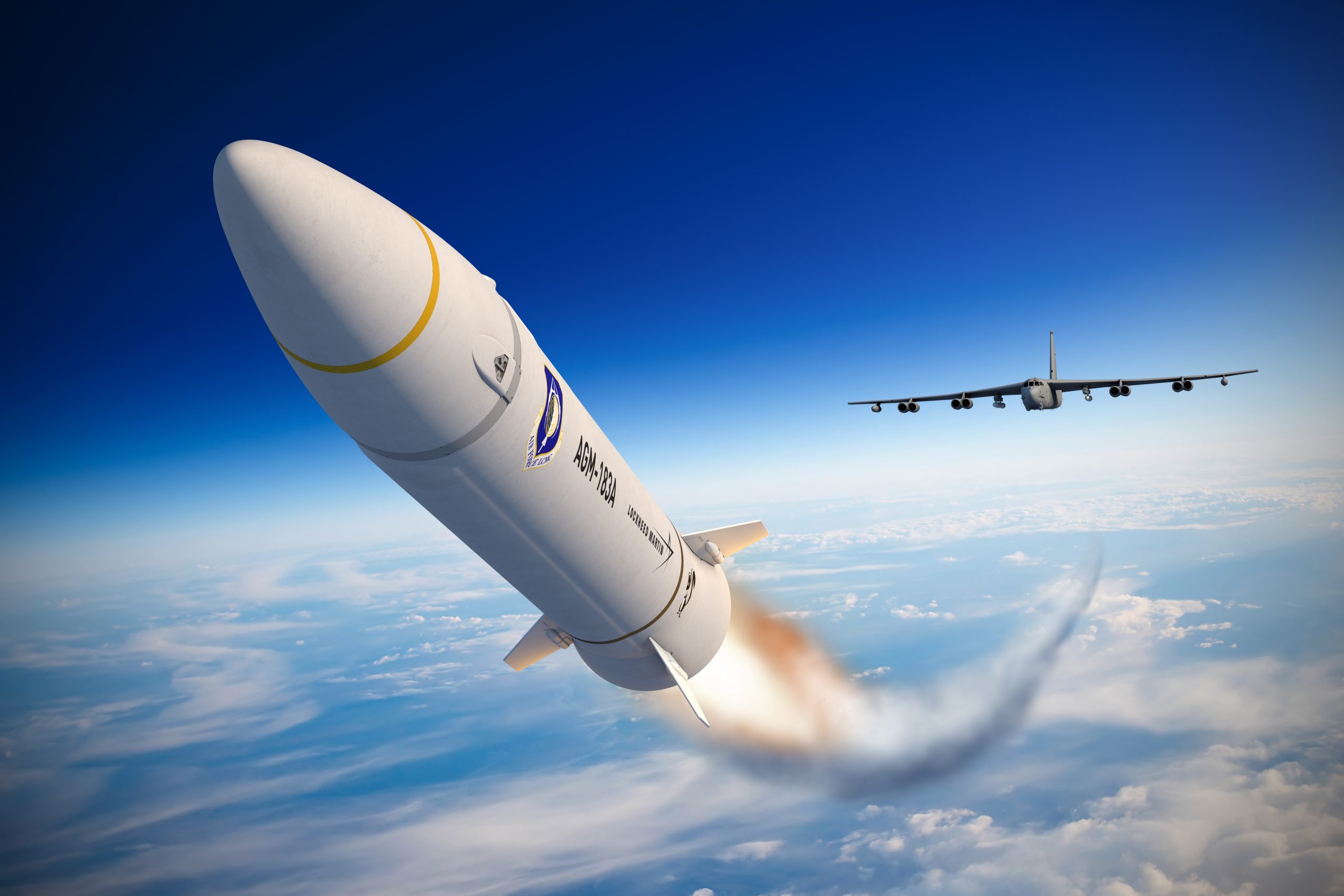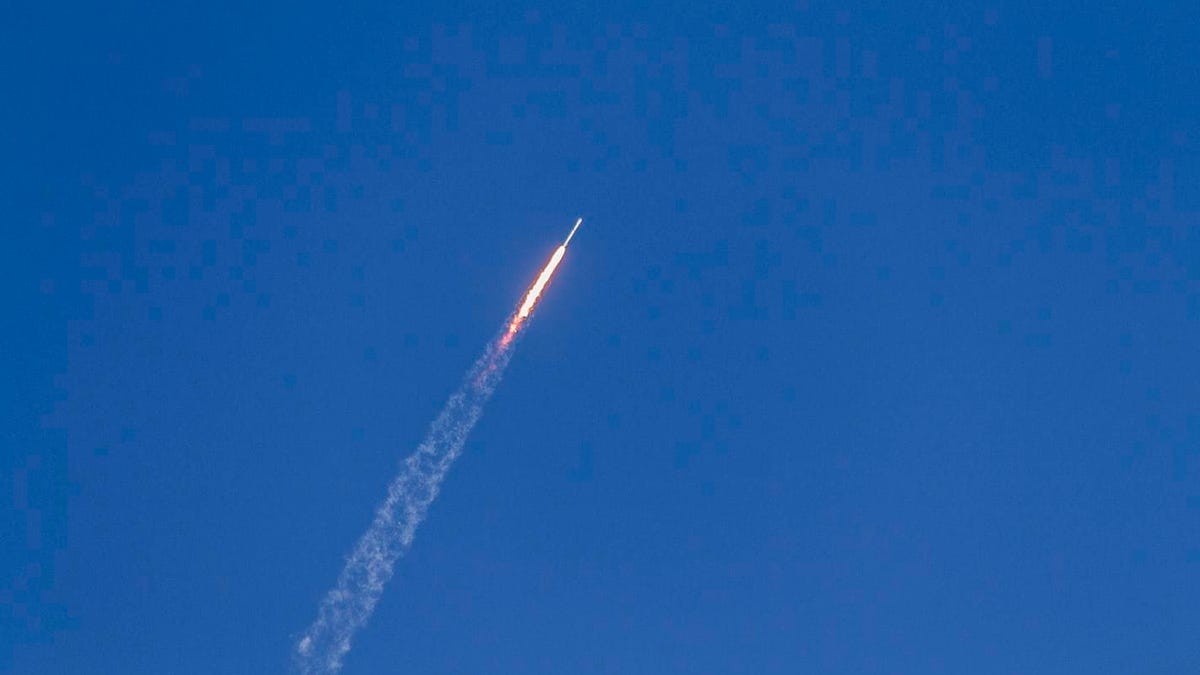bring_it_on
I really should change my personal text
- Joined
- 4 July 2013
- Messages
- 3,668
- Reaction score
- 3,825
USAF expands hypersonic efforts with plans for another prototype
The USAF has announced plans to commence a hypersonic cruise missile prototype programme on behalf of the DoD, in an effort to foster a scramjet industrial base and diversify the fledgling portfolio of ultra-fast manoeuvring weapons beyond the current hypersonic boost-glide programme.
On 28 April, the air force published a notice announcing plans for a ‘future hypersonic weapon’ programme, asking industry for proposals to support the goal of a new air-breathing weapon powered by a supersonic combustion ramjet — or scramjet — that could be ready for preliminary design review by Q4 in FY2021.
‘We’re excited about the potential to start that programme,’ Dr Will Roper, Assistant Secretary of the Air Force for Acquisition, Technology and Logistics, told reporters on 29 April. ‘Scramjet is much more mature and ready to go than I originally thought, so we’re preparing to begin a hypersonic cruise missile programme.’
The latest development comes as the USAF narrowed its hypersonic boost-glide prototyping efforts from two to one in February, favouring the smaller of the two candidate weapons: the Air-Launched Rapid Response Weapon.
‘We will leverage work that is currently ongoing in DARPA as well as our own research laboratory,’ Roper explained, referring to the Hypersonic Air Breathing Weapon Concept (HAWC). ‘And the goal is to do what we did with boost-glide technology: get technology out of our laboratories and to help industry start to get ready for production.’
He added that recent advances in scramjet design and fabrication inform his confidence about launching a new programme.
‘I expect that we’ll be able to go pretty quickly on this,’ Roper said. “I don’t expect to be wrong on that.’







